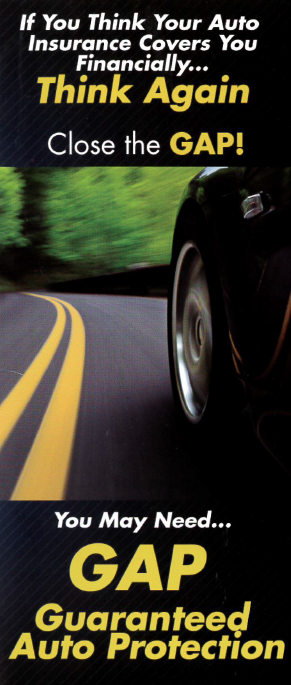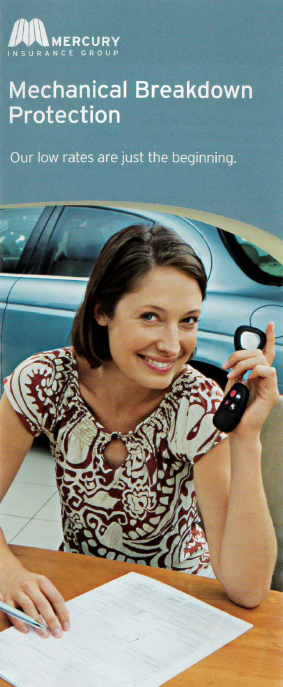Credit Union Loans
Latest Promotions
Loan Rates

New Car
(up to 84 months)
2.9% to 17% APR

Used Car
(up to 60 months)
2.9% to 17% APR

Motorcycles
(up to 60 months)
4.25% to 6% APR

Boats
(up to 60 months)
4.25% to 6% APR

Share Secured
3.00% APR

Signature
Unsecured
(up to 48 months)
8% to 18% APR

Instant
(up to 12 months)
18.00% APR

Credit Card
Depends on credit worthiness
10.90% APR

Mortgage Loans
(up to 10 years)
5.5% to 6% APR

Up to 40 Years
Contact us today
for more information

Mortgage Loans
(11-15 years)
5.5% to 6% APR
Apply Today
Please send your completed application to our Loan Officer, Jerry Phillips,
via email (Jerry@internalrevenueempfcu.com) or fax (336-852-7212).
Insurance Options
Click the pamphlets for larger versions
Top 10 Car-Buying Tips

The first time you shop for an auto loan can be time-consuming and a little confusing. But, once you know the formula, you’ll be set to save money on car financing for life. Here are some loan basics to get you started:
1. Evaluate your financial situation. If you are a first-time borrower, you can’t rely on a credit history to speak for you yet. Still, a record of paying rent and utility bills on time can help demonstrate your reliability.
2. If you have a good credit history, you have plenty of affordable borrowing options. If you made payments late or didn’t fully pay on past loans, you may be required to have a cosigner who would agree to be responsible for the loan should you fail to pay. The same goes if you haven’t borrowed before and have no credit history.
3. Compare annual percentage rates (APRs). The APR is the amount lenders charge expressed as a percentage. The lower the APR, the less you will pay in loan interest. Some lenders will give you an APR discount if you make automated payments directly from your checking account. Some will offer a lower rate if you have a down payment. Rates for borrowers with good credit ratings usually are less than those with poor credit ratings.
4. Consider buying used. The average cost of a used car is less than half of a new one. Interest rates on new cars generally are lower than on used cars, however, you may have to take out the loan for a longer-term to comfortably afford the monthly payments. By within your means so you don’t over extend your budget and risk defaulting on the loan.
5. Look at insurance. Most lenders will require collision and comprehensive insurance on new and used vehicles. On lower priced used cars, it actually could be cheaper to take out a somewhat higher cost personal loan and buy lower-priced insurance.
6. Realize the less you borrow, the more you save in loan interest. In most cases, applying a manufacturers rebate to reduce the amount you need to borrow will be cheaper than taking the dealer loan. Combine a rebate with your credit union’s low loan rate and you may have the best of both worlds.
7. Pay off the loan as quickly as you can afford to. Paying the loan off early can save hundreds in interest charges.
8. Ask your credit union to pre-approve your loan. This way, you can bargain for a dealer discount based on a cash sale, and you can avoid high-pressure sales for a dealer loan.
9. Understand the loan contract. Reading through all that legalese is a chore and takes time, but it’s worth it to ensure you’re getting a fair deal. Don’t be reluctant to ask questions – a reputable lender will take the time to help you. A credit union loan officer can help you evaluate a loan agreement from another lender too.
10. Keep transactions separate. Your auto buying experience will be much smoother and you’ll get the best deal if you make purchasing the vehicle, financing the vehicle, and trading the vehicle three separate transactions.
“Hidden Costs” in Dealer Financing Options
Dealers’ low-rate loans and rebates almost always are available only on slower-selling models. These cars may have lower resale values.
Dealer financing plans usually are limited to dealer stock. That means you may have to sacrifice the color, style, and/or options you want. Unwanted options can add 25% to 30% to the sticker price of your car.
Pay attention to what the dealer’s charging for GAP (guaranteed asset protection) insurance and mechanical repair coverage. GAP covers the difference between what a consumer owes a lender and what an auto insurer will pay if a car is totaled or stolen shortly after it’s purchased. Mechanical repair coverage extends the warranty, making the resale value of the car higher. Some credit unions offer these products, often at a substantially lower cost.




